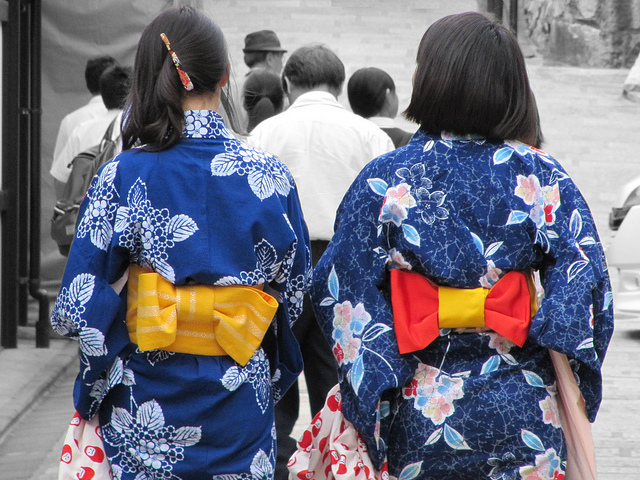Mar 26, 2024
Leaving Japan? Better Get Some Souvenirs!
It is said that nothing is certain in this life but death in taxes, but I would like to add one more to that: change. Since coming to Japan, your life has probably undergone quite a lot of changes, with new experiences coming thick and fast. But now it is time to move on – whether it be back to your home country, or onward to a new adventure.
Whatever the reason, you will probably want to pick up a few mementos to remind you of your time here. Furthermore, there is a good chance that your friends and family will want something as well. As such, you will probably want to get some souvenirs (or omiyage, as it is called here). But what to get? And where to get it. Well, here are a few ideas to get you started.
Sweets, cookies etc.
Nagoya Station
If you want to pick up some tasty treats to bring for others, you can probably do no worse than going to the souvenir store Grand Kiosk in Nagoya Station. Located near the Central Gates, you can find a wide array of treats to suit all tastes, whether it be Tokugawa Ieyasu cookies, tebasaki crackers, or ebi furai chews.

Apparently the number one Nagoya treat should be related to an adorable chicken called Pyorin, and you can find a shop dedicated to him opposite Takashimaya.
Where: Nagoya, Nakamura Ward, Meieki, 1 Chome−1−4 JR Nagoya (map)
Furoshiki
Takashimaya
If you are looking for something a bit more durable (and you are in Nagoya Station) perhaps you could pop up to the 11th floor of Takashimaya and pick up a furoshiki. Furoshiki is a traditional Japanese wrapping cloth, often square-shaped, used for transporting goods, gifts, but with a little modern twist by way of a leather strap, they make really cook handbags.

With origins dating back to the Nara period (710-794 AD), these are prefect gifts (or keepsakes) to embody traditional Japan. I have given them to my sister and my mother as birthday presents, and they love them.
Where: Nagoya, Nakamura Ward, Meieki, 1 Chome−1−4 JR Nagoya, Takashimaya 11F (map)
Yukata
Komehyo Kimono
While nothing says ‘I went to Japan’ like getting a kimono, to be honest they can be a bit of a palaver. Yukata, on the other hand, are a lot simpler, but still retain that elegance. The word ‘yukata’ means ‘after bathing’, as they are often worn after onsen traditional Japanese ‘ryokan’ hotels. However, in the summer months these unlined kimonos are worn by men, women, and children particularly when at festivals.

There are numerous places at which you can buy them, but one of the best is Komehyo in Osu. With two stories, low prices, loyalty cards and intermittent sales promotions, they stock everything for your yukata and kimono needs including vintage and new products.
Where: 2 Chome-19-22 Osu, Naka Ward, Nagoya (map)
Katana
Sword Buyers’ Guide
Okay, so this is all very dependent on whether your country of origin will allow you to bring it in to the country, but an authentic Japanese katana blade has to be the ultimate in Japanese souvenirs. For samurai, the katana – and other bladed weapons such as the tachi, tanto, and wakizashi – was such an essential part of life that they were required to wear them at all times as a signal of their status.

But it was more than just a weapon for battle; it also provided spiritual protection. Having a sword on display in your home was comparable to putting a crucifix on your wall; it warded against evil spirits, signified your belief, and it was a symbol of your strength. Of course, you can’t just wander just any shop and pick up a blade, you need to go to a specialist. The best way to get one is to get contact local katana aficionado Chris Leeber by emailing him at bladesofjapan@gmail.com or by going to his website sbg-sword-store.sword-buyers-guide.com/blades-of-japan.
Images: By Bert Wishart
Image: By flakyredhead via flickr.com [CC BY-NC-ND 2.0 DEED]
Image: By Chris Leeber


About the author